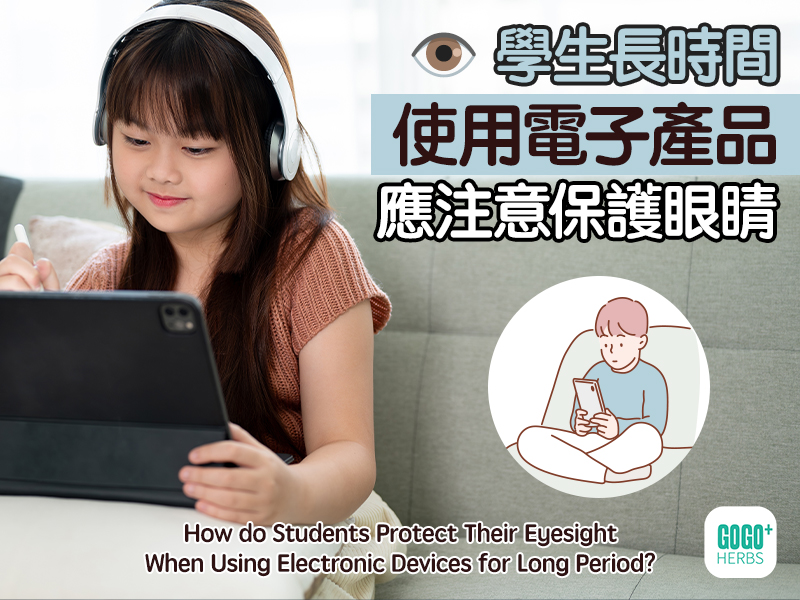In recent years, students' screen time has increased significantly, leading to a rise in eye health problems. A survey conducted by Orbis, an international vision aid organization, revealed that among 427 students surveyed, nearly half experienced eye discomfort while using electronic devices. Of these, 10.71 TP4T students reported eye pain, and a few reported eye inflammation or blurred vision. Ophthalmologists specifically point out that there is currently no scientific evidence that blue light glasses or related products can slow the progression of myopia in children, and urge students to further strengthen their awareness of eye protection.
Ms. Zeng, the parent, has two daughters, the eldest of whom just started first grade this year. She revealed that she had previously enrolled her daughter in online extracurricular classes in Chinese, English, and mathematics. Combined with the online courses offered by the school during the school closure, her eldest daughter's daily screen time has increased dramatically from half an hour to 3.5 hours. Worried that her daughter might develop nearsightedness, Ms. Zeng specifically purchased blue light glasses, screen protectors, and even so-called "blue light pills," hoping to protect her child's eyesight through these methods.Eye health。
The experience of Ms. Zeng's daughter is actually a microcosm of the lives of many students during school closures. Last month, Orbis conducted an online survey of 427 students, including 212 primary school students, 121 secondary school students, and 31 university students. The survey results showed that a high percentage of respondents (86.41 TP4T) reported an increase in daily screen time after school closures, with 40.91 TP4T students reporting frequent discomfort during use.Dry eyesAnother 8.6% students experienced symptoms of watery eyes.
More noteworthy is that the survey also found that studentsEye protection awarenessRelatively weak. Nearly 401 students (40% of whom used electronic devices) kept the distance between their eyes and the screen less than 40 centimeters when using electronic products, a distance far below the scientifically recommended standard for eye protection. Furthermore, over 701 students (40% of whom used electronic devices) indicated that they did not take at least a 20-second break every 20 minutes while using electronic devices, and prolonged continuous screen time was extremely common.
In response to these eye problems among students, Dr. Li Wanwei, a volunteer ophthalmologist at Orbis Eye Hospital, offered professional advice. She emphasized that when using electronic devices, it's crucial to limit screen time and maintain an appropriate distance. Every 20 minutes of use, one should look at an object at least 20 feet (approximately 6 meters) away for at least 20 seconds to avoid worsening myopia or developing other eye diseases. Additionally, when using electronic devices for extended periods, one should consciously blink more frequently. This not only increases tear production but also ensures that tears evenly cover the eye surface, effectively relieving dry eye symptoms. Furthermore, Dr. Li mentioned that maintaining a balanced daily diet is more practical for children's eye health than relying on "blue light pills" or other related nutritional supplements.


